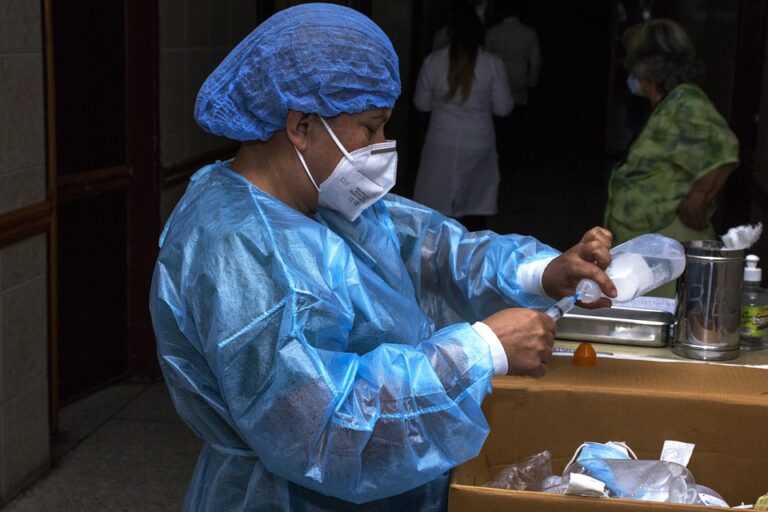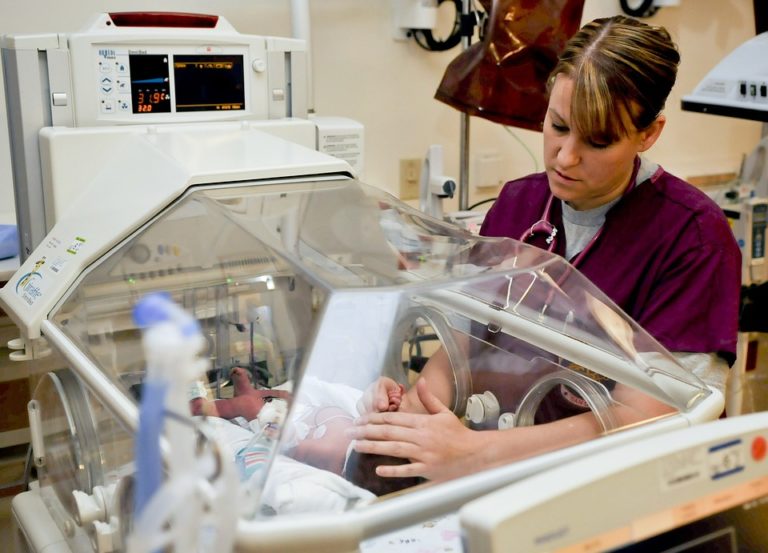Book Appointment Now

The Epidemiologic Model of Nursing
The Epidemiologic Model of Nursing serves as a vital framework for understanding how health and disease are distributed within populations and how nurses can intervene to improve outcomes. By integrating principles of epidemiology into nursing practice, this model equips healthcare professionals with tools to identify risk factors, design preventive interventions, and manage public health challenges. Unlike traditional nursing models that often focus on individual patient care, the epidemiologic model broadens the scope to include population-level analysis, making it particularly relevant in an era of global health crises, chronic disease prevalence, and health inequities. This essay explores the conceptual foundations, practical applications, and future directions of the Epidemiologic Model of Nursing.
Population-Centric Thinking: The Core of the Epidemiologic Model
Central to the Epidemiologic Model of Nursing is the shift from individual-level care to population-level analysis. This paradigm aligns with the principles of epidemiology, which focus on studying patterns, causes, and effects of health and disease across groups. Nurses adopting this model are trained to assess how environmental, genetic, and behavioral factors interact to influence the health of entire communities.
For example, during a regional outbreak of diabetes, an epidemiologic approach enables nurses to examine dietary habits, socioeconomic conditions, and healthcare accessibility within the affected population. Such insights not only inform individual care plans but also shape community interventions aimed at addressing systemic causes.
The Epidemiologic Triangle: A Framework for Understanding Disease
At the heart of the Epidemiologic Model lies the epidemiologic triangle, a conceptual tool that illustrates the interactions between three key elements: the agent, the host, and the environment. This framework allows nurses to dissect complex health issues and identify actionable points for intervention.
- Agent: Refers to the cause of disease or injury, which may be biological (e.g., bacteria or viruses), chemical (e.g., toxins), or physical (e.g., trauma).
- Host: Represents the individual or population at risk, influenced by factors such as genetic predisposition, immunity, and lifestyle choices.
- Environment: Encompasses external factors, such as climate, socio-political conditions, and healthcare infrastructure, that facilitate or hinder disease transmission and management.
Example: In addressing hypertension, the agent may include excessive sodium intake or stress, the host could be individuals with genetic susceptibility, and the environment might involve limited access to fresh produce or health education.
Grab a 100% custom paper about epidemiologic model of nursing tailored to your instructions.
Get Custom Nursing Paper
Integrating Epidemiologic Tools into Nursing Assessment
Nurses leveraging the epidemiologic model incorporate population health data, risk factor analysis, and surveillance techniques into their assessments. These tools enable them to move beyond symptom management to address underlying causes of health disparities.
Surveillance and Data Analysis
Nurses play a critical role in health surveillance by collecting, analyzing, and interpreting data on disease trends. For instance, school nurses tracking flu outbreaks contribute valuable insights to public health agencies, facilitating timely vaccination campaigns or infection control measures.
Risk Assessment and Screening
The epidemiologic model emphasizes identifying populations at risk through evidence-based screening programs. In cancer prevention, nurses might spearhead initiatives to increase screening rates for cervical or colorectal cancer, prioritizing underserved communities with higher incidence rates.
The Role of Social Determinants in Shaping Health Outcomes
A key strength of the Epidemiologic Model of Nursing is its ability to address social determinants of health (SDOH). These non-medical factors, such as education, housing, and employment, profoundly impact health outcomes and inequities. Nurses applying the model advocate for policies and programs that mitigate these barriers.
Example: During the COVID-19 pandemic, the model guided efforts to prioritize vaccination in low-income neighborhoods disproportionately affected by the virus. Nurses identified transportation challenges and language barriers as key environmental factors limiting vaccine access, prompting the deployment of mobile clinics and multilingual outreach teams.
Epidemiology in Nursing Interventions: Bridging Prevention and Care
The Epidemiologic Model enables nurses to design and implement interventions that address health concerns at multiple levels: primary, secondary, and tertiary prevention.
Primary Prevention: Reducing Risk Factors
Primary prevention focuses on averting disease before it occurs. Nurses might organize community-based health education programs on topics such as smoking cessation, vaccination, or healthy eating. These efforts are particularly impactful in addressing modifiable risk factors for chronic diseases.
Example: A nurse-led initiative in rural communities educates residents about safe water practices to prevent waterborne diseases, such as cholera.
Secondary Prevention: Early Detection and Treatment
Secondary prevention involves identifying and managing diseases in their early stages to prevent progression. Nurses may conduct routine health screenings for diabetes or hypertension in underserved populations, ensuring timely diagnosis and intervention.
Tertiary Prevention: Managing Chronic Conditions
Tertiary prevention focuses on improving quality of life and reducing complications for individuals with chronic illnesses. Nurses applying the epidemiologic model might lead support groups for patients with chronic obstructive pulmonary disease (COPD), teaching self-management techniques and reducing hospital readmissions.
Case Studies: Real-World Applications of the Epidemiologic Model
Combating Childhood Obesity
In a U.S. county with rising rates of childhood obesity, school nurses used the epidemiologic model to investigate contributing factors. By analyzing meal options in school cafeterias, physical activity levels, and parental education, they identified a lack of nutritious food and exercise opportunities as primary contributors. The resulting intervention included introducing healthier school meals, launching after-school fitness programs, and educating parents on meal planning.
Addressing Maternal Mortality in Sub-Saharan Africa
In a rural region of sub-Saharan Africa, high maternal mortality rates prompted nurses to adopt the epidemiologic model. Through surveillance, they identified inadequate prenatal care and cultural barriers as key environmental factors. Collaborating with local leaders, nurses implemented culturally sensitive education programs and improved access to midwifery services, significantly reducing maternal deaths.
Challenges in Applying the Epidemiologic Model
Despite its strengths, implementing the Epidemiologic Model of Nursing poses challenges, particularly in resource-constrained settings. Limited access to reliable health data can hinder accurate analysis, while systemic barriers, such as underfunded healthcare systems, restrict intervention efficacy. Additionally, balancing population-level interventions with individualized care requires skilled prioritization and resource allocation.
For example, during a tuberculosis outbreak in a refugee camp, nurses may face competing demands: providing direct patient care while coordinating population-level vaccination and education campaigns. Addressing these challenges requires robust training, interdisciplinary collaboration, and policy support.
Comparing Individualized Nursing Models and the Epidemiologic Model
| Aspect | Individualized Nursing Models | Epidemiologic Model of Nursing |
|---|---|---|
| Scope | Focuses on individual patient care | Focuses on populations and communities |
| Objective | Treating symptoms and improving patient outcomes | Identifying, preventing, and managing disease trends |
| Data Use | Relies on clinical assessments | Integrates population health data and risk analysis |
| Prevention Level | Primarily tertiary | Primary, secondary, and tertiary |
| Key Tools | Patient histories, diagnostic tests | Epidemiologic triangle, Epidemiology surveillance, screening |
Future Directions: Expanding the Epidemiologic Model in Nursing
The increasing complexity of global health challenges, from pandemics to climate change, underscores the relevance of the Epidemiologic Model of Nursing. Future efforts should focus on:
- Integrating Technology: Tools like geographic information systems (GIS) and artificial intelligence can enhance disease mapping and predictive modeling, enabling nurses to design targeted interventions.
- Expanding Training: Incorporating epidemiology into nursing curricula ensures that future professionals are equipped to address population health issues.
- Fostering Policy Advocacy: Nurses must advocate for policies that address systemic health inequities, leveraging their frontline experience to influence decision-making.
The Epidemiologic Model of Nursing represents a powerful approach to bridging clinical practice and public health. By emphasizing population-level analysis, addressing social determinants, and integrating prevention at all levels, the model empowers nurses to tackle contemporary health challenges. While challenges remain, the model’s adaptability and evidence-based principles position it as an essential framework for advancing health equity and improving outcomes globally.
References
- Pender, N. J., Murdaugh, C. L., & Parsons, M. A. (2015). Health Promotion in Nursing Practice (7th ed.). Pearson Education.
- Nies, M. A., & McEwen, M. (2018). Community/Public Health Nursing: Promoting the Health of Populations (7th ed.). Elsevier Health Sciences.
- Stanhope, M., & Lancaster, J. (2020). Foundations for Population Health in Community/Public Health Nursing (6th ed.). Elsevier.
- Centers for Disease Control and Prevention (CDC). (2021). The social determinants of health. Retrieved from https://www.cdc.gov/socialdeterminants
- World Health Organization (WHO). (2021). Epidemiology: Key principles. Retrieved from https://www.who.int/health-topics/epidemiology







